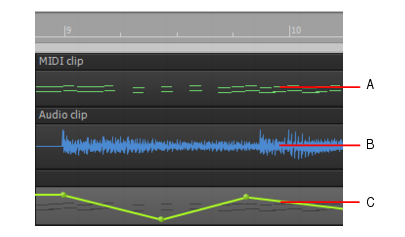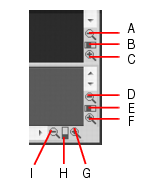Clips are displayed as rectangles in the Clips pane. Their position and length show you at a glance their starting times and lengths. You can control four aspects of their appearance:Color. By default, each track’s clips are drawn in a different color. The clip colors restart at the tenth track. You can customize the default colors of clips in Edit > Preferences > Customization - Color, or change the color of any individual clip in the Clip Inspector.




), then drag up/down.
Do one of the following:

), then click with the right mouse button and drag up/down.


Tip - Searching Documentation
Tip: To search for a specific topic, type your search query in the Search Cakewalk.com field at the top right of this page.
When the search results appear, click which product's documentation you would like to search to filter the search results further.
Note - Using Offline Help
Note: If you prefer to always use offline Help, go to Edit > Preferences > File > Advanced in your Cakewalk software and select Always Use Offline Help.
If you are not connected to the internet, your Cakewalk software will default to showing offline help until an internet connection becomes available.









